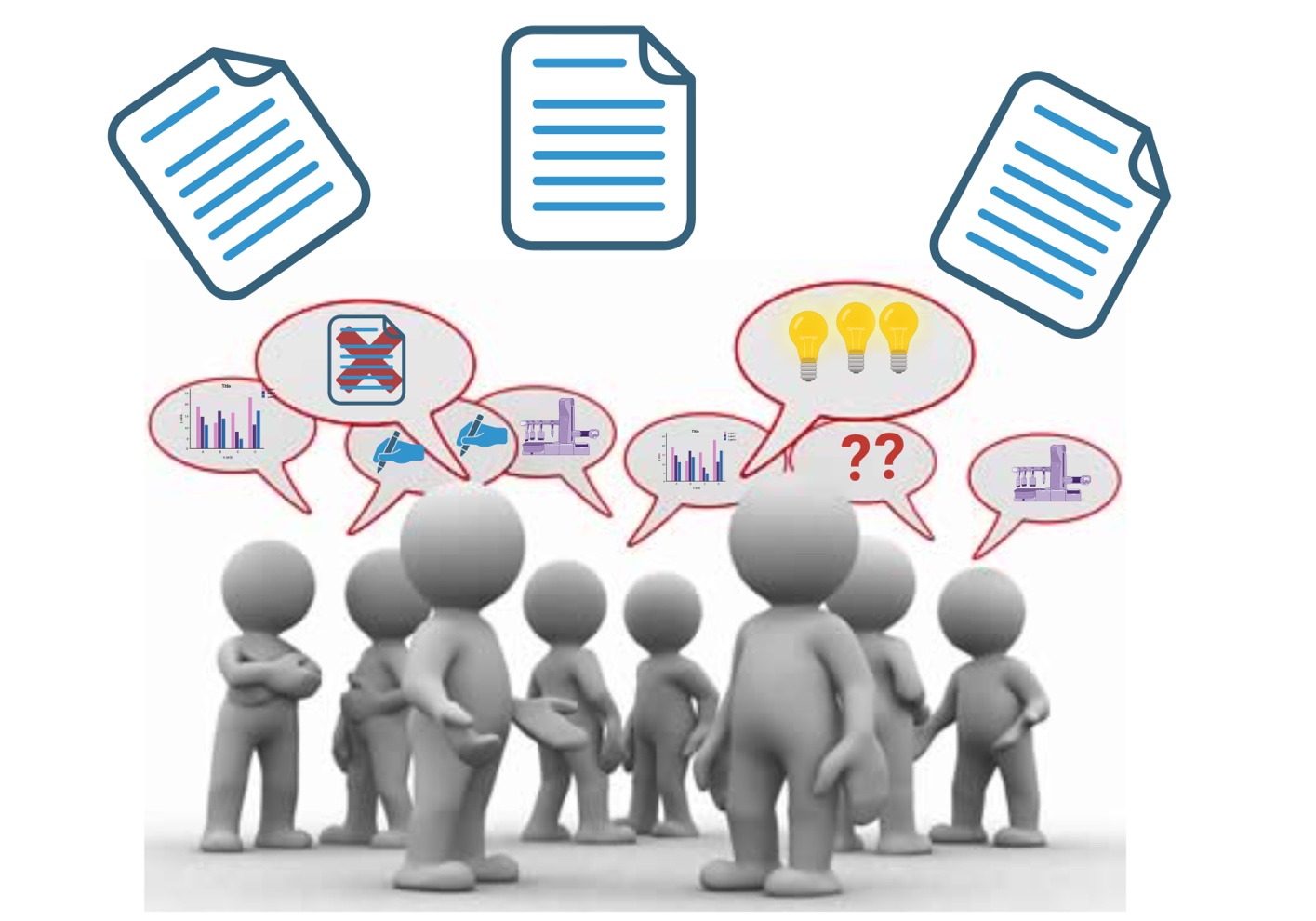by Amal Katrib
Schooltime has gained new meaning in today’s world of social distancing, with the educational system pressured to embrace, and accordingly adapt to, the “new norm”. The pandemic’s abrupt onset had left many students trapped in a convoluted maze of uncertainties, having to fly relatively blind through a less familiar learning environment—the virtual classroom. In order to mitigate disruptions to student learning, educators started experimenting with a variety of online resources and technologies. While some focused on assembling a broad menu of solutions to effectively engage students from a distance, others conjured up new pedagogical modalities to best strategize for times ahead. And without the time to dive into research that guides both online and crisis teaching, academic institutions were opting to deploy flexible action plans so they can respond to such unprecedented challenges and pivot, if and when necessary.
This high degree of organizational adaptability is something I used to only associate with startups, failing to realize its prevalence, let alone its importance, in education.
Many early-stage startups emphasize the need to plan(a) ahead, while staying both lean(b) and agile(c) —what I refer to as the “startup mindset”—in order to survive an ever-changing volatile environment. They implement a “build-measure-learn” framework, cycling their ideas through a feedback loop of validated learning and quickly iterating through incremental development to optimize product value and market fit. They also are predominantly led by smaller, multifunctional teams that continue to collaborate across organizational boundaries without restraints. As a result, they are able to readily assess circumstantial changes as they come up, and strategically embrace them to continue driving innovation.
Continue reading →


 Getting a graduate or professional degree is stressful. This seemingly obvious statement is backed up by a substantial body of research demonstrating that graduate and medical students, particularly those from underrepresented groups, have higher than average rates of depression and anxiety. Graduate and professional students (myself included!) can experience long work hours, high pressure to produce and perform, influential and sometimes unsupportive relationships with mentors, a precarious financial situation, and uncertain future employment. These and other challenges that contribute to poor mental health outcomes were exacerbated in 2020 by the COVID-19 pandemic, which led to a dramatic increase in social isolation and incidences of anti-Asian violence. The stress and fear surrounding the emergence of a novel virus was exacerbated by police and vigilante killings of Black Americans and the increasing awareness and protests around the persistent racial violence in the United States.
Getting a graduate or professional degree is stressful. This seemingly obvious statement is backed up by a substantial body of research demonstrating that graduate and medical students, particularly those from underrepresented groups, have higher than average rates of depression and anxiety. Graduate and professional students (myself included!) can experience long work hours, high pressure to produce and perform, influential and sometimes unsupportive relationships with mentors, a precarious financial situation, and uncertain future employment. These and other challenges that contribute to poor mental health outcomes were exacerbated in 2020 by the COVID-19 pandemic, which led to a dramatic increase in social isolation and incidences of anti-Asian violence. The stress and fear surrounding the emergence of a novel virus was exacerbated by police and vigilante killings of Black Americans and the increasing awareness and protests around the persistent racial violence in the United States. 
